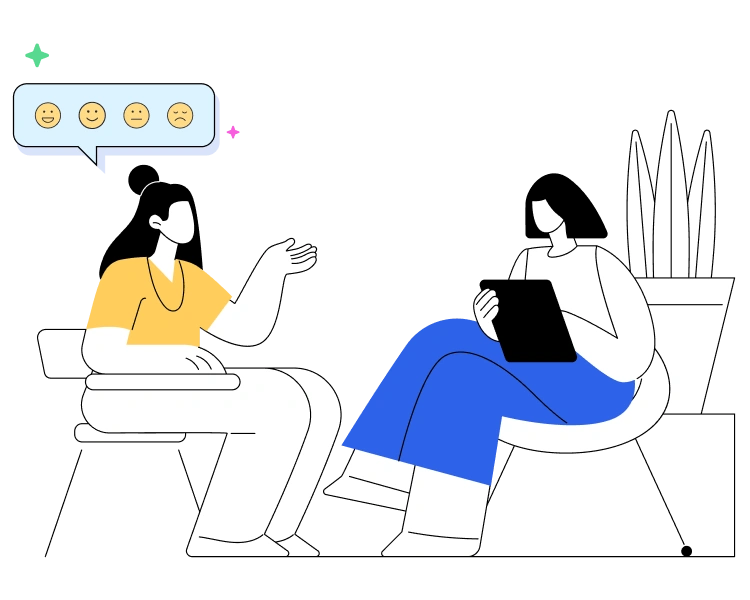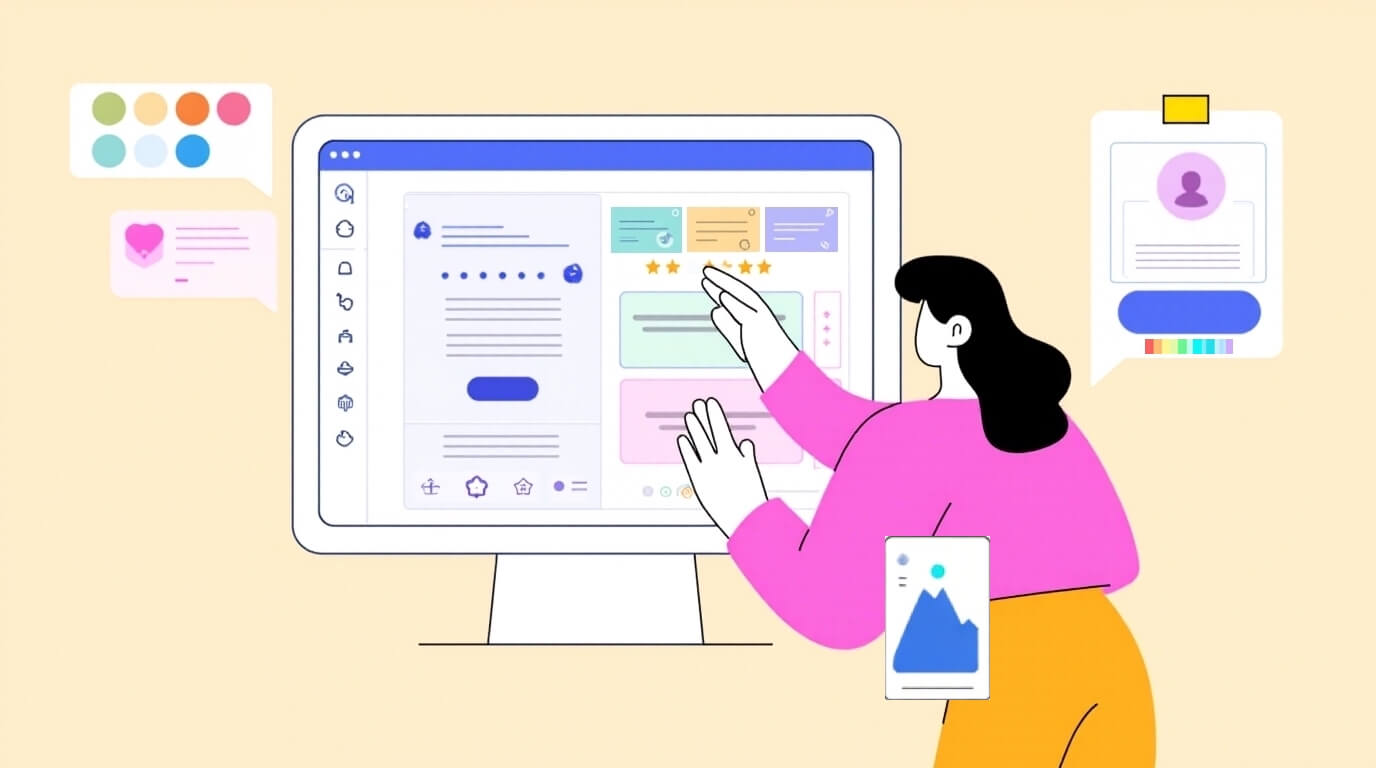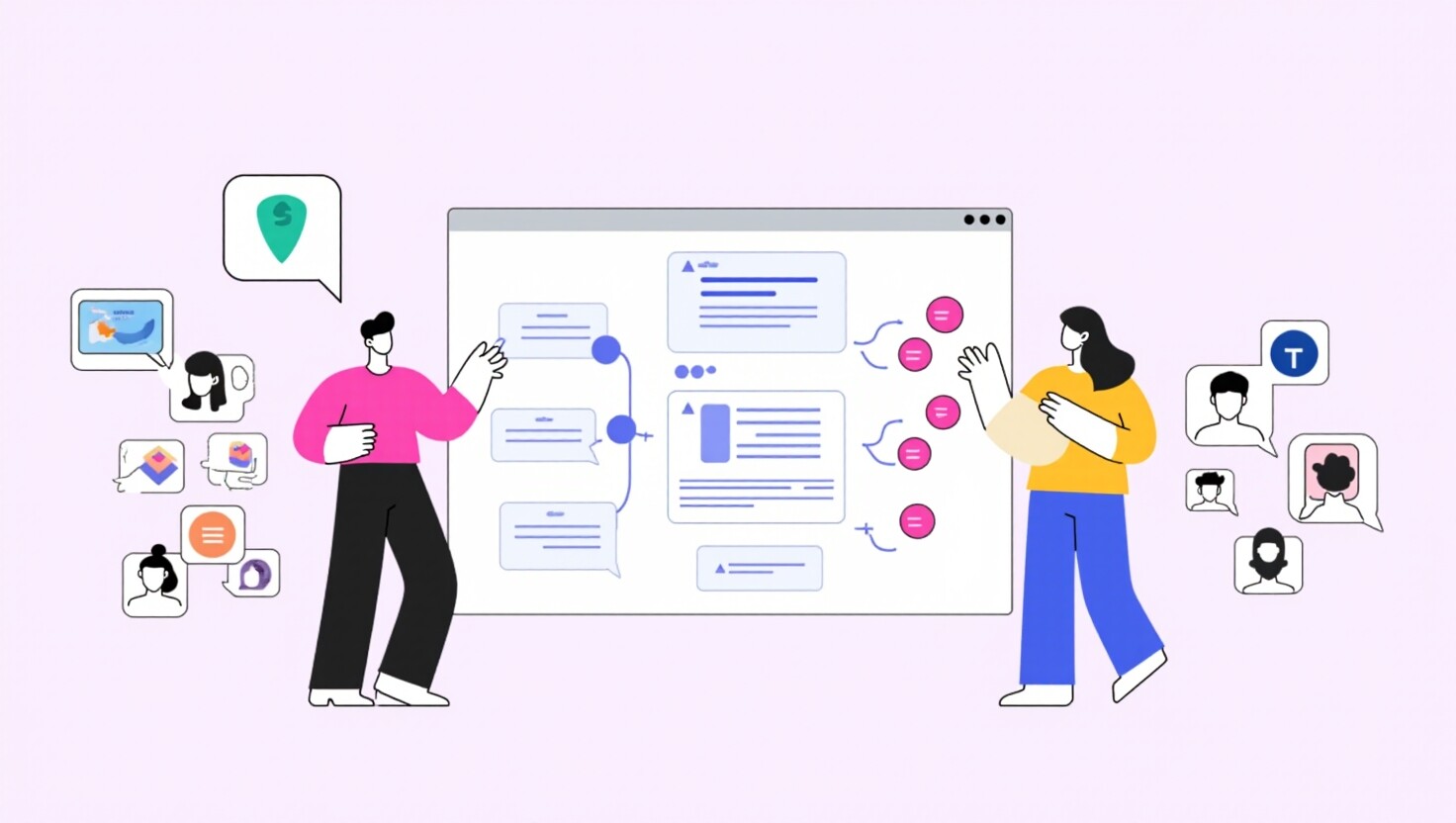As UX designers, we must gain a deep understanding of users in every design project.
Empathy is an essential tool in User Experience (UX) that connects user needs and challenges to product solutions.
This approach allows us to promote user-centered design, leading to a final product that enhances the user experience.
This article explores the benefits of integrating empathy into UX design, offers practical methods for weaving it throughout the process, and provides implementation advice for your team.
Pro Tip: NNG highlighted the key difference between sympathy and empathy. What are your thoughts? Consider how you perceive empathy.
Ready to build that trust and kickstart your research?
let’s make trust the foundation of every project you work on.

Why Usability Testing Is Your Empathy MVP
Usability testing is not just about uncovering usability issues; it’s a powerful tool that offers a deep, empathetic understanding of users’ perspectives.
During a testing session, as users perform tasks, their thoughts, experiences, and frustrations become noticeable. This provides invaluable insights that can inform your design decisions.
The benefits of empathy-driven usability testing:
- Identify accessibility barriers: Testing with diverse users can uncover accessibility issues, ensuring inclusive products.
- Spot emotional friction points: Recognizing users’ emotions helps pinpoint and tackle pain points, improving the user experience.
- Recognize inclusive opportunities: Considering how users engage with digital products based on their abilities, skills, and background preferences.
Jakob Nielsen from NNG shared a case study on the ROI of usability testing. The study reveals that redesigning intranet usability can enhance website metrics by an average of 135%, with only 10% of the budget allocated to usability improvements.
Building Empathy Through Accessibility and Inclusivity
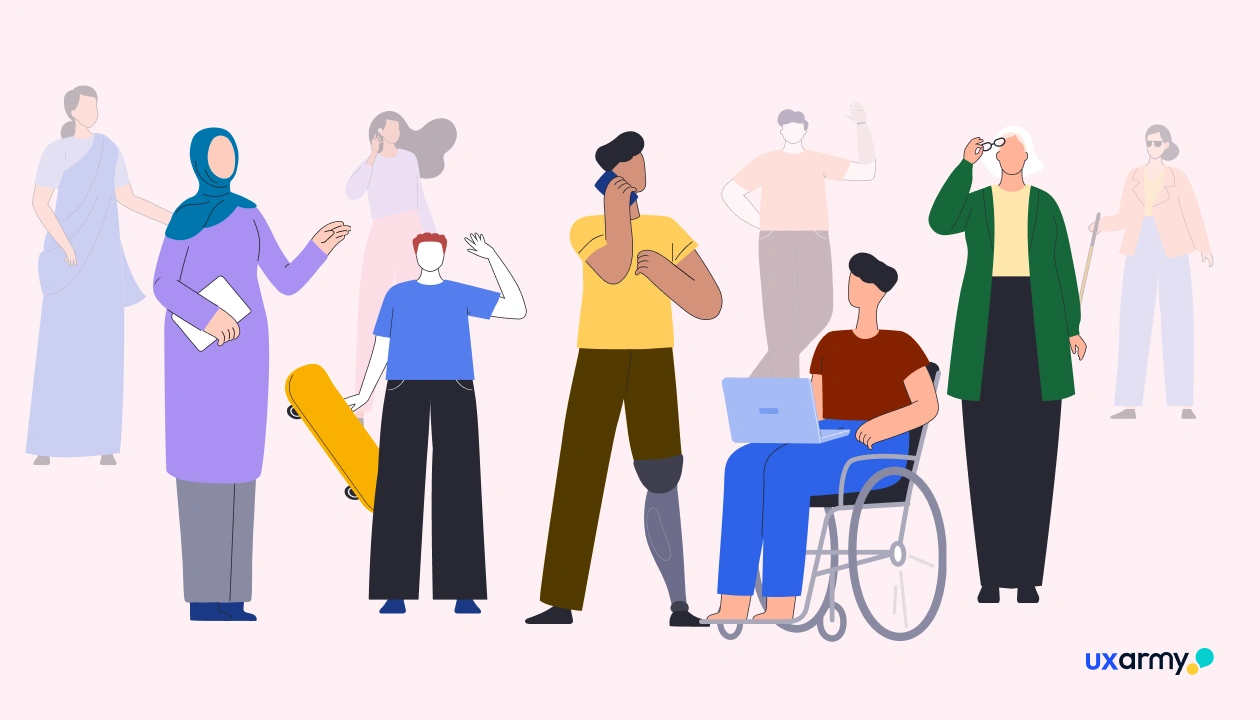
Empathy in UX design leads us to develop accessible, inclusive products that meet the diverse needs of all users, including those with disabilities and challenges stemming from cultural differences.
This approach ensures that everyone can fully engage with and benefit from the product.
As Gary Karp explains, designing for individuals with disabilities often leads to innovations that benefit everyone, exemplified by the curb-cut effect.
Here are some strategies to help you access local markets and understand cultural nuances.
- Conduct localized market research: Engage with local users to understand their unique needs and pain points. To find suitable participants, use local user research firms or professional recruitment services, such as UXArmy’s recruitment panel.
- Partner with local experts: The quickest way to learn a new market is to collaborate with local businesses, consultants, or influencers to gain insights and navigate cultural complexities.
- Leverage localization testing: Language localization is crucial for your website, apps, and marketing materials, ensuring they are presented in the local language. UXArmy enables you to test your solutions in your local market.
- Conduct user research: Consistently involve local users to collect feedback, preferences, and satisfaction levels while gaining insight into their needs through interviews,usability testing, and surveys.
Implementing these strategies can help you improve your understanding of local markets, tailor your design solutions to meet local needs, and build strong customer relationships.
Experience the power of UXArmy
Join countless professionals in simplifying your user research process and delivering results that matter
Measuring the Impact of Empathy in UX
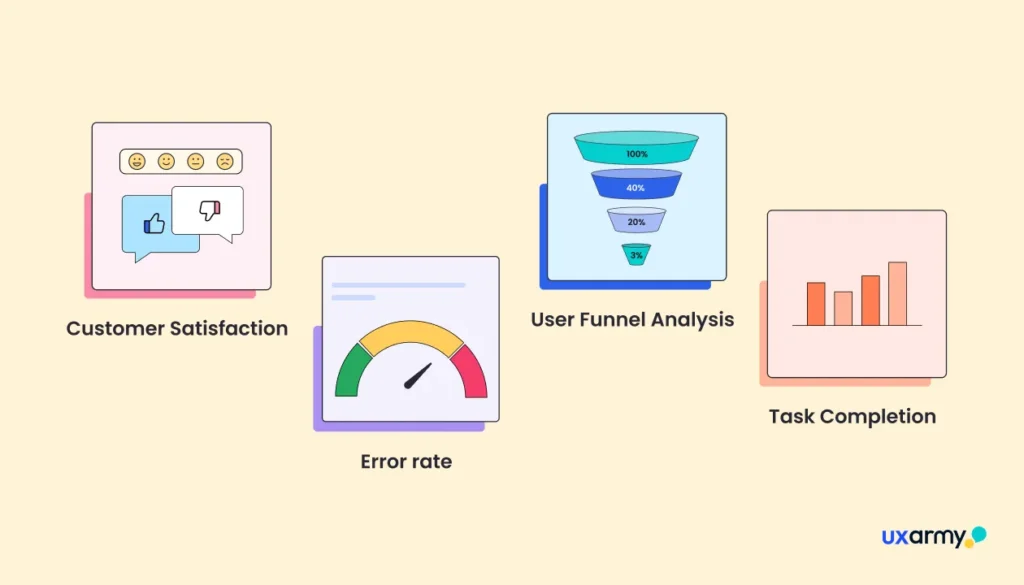
Designing with empathy is only the first step. Now let’s discuss measuring impact, which is challenging yet essential for effective stakeholder communication.
To assess how well the empathy-driven design works, consider these key metrics:
Combining Usability and Satisfaction Metrics
Combining these metrics provides an in-depth insight into user experience, covering satisfaction, effectiveness, and efficiency. This approach is ideal for usability testing.
- User satisfaction: Use surveys, feedback forms, and analytics to measure user satisfaction and loyalty.
- Task completion rates: Track how efficiently users can complete tasks on your product or website, such as usability tests.
- Error Rates: Monitor the number of errors users make while interacting with your product.
Measuring User Satisfaction Metrics
- Net Promoter Score (NPS): Gauge user loyalty and advocacy through NPS surveys if users feel satisfied enough to recommend the product, signalling a strong emotional connection.
- Customer Satisfaction Score (CSAT): Track overall satisfaction with specific interactions or experiences.
Tracking User Engagement metrics
- User retention: Measure the percentage of users who continue to use your product over time.
- Support ticket analysis: Reduced inquiries about accessibility or usability issues indicate design effectiveness.
When designing with empathy, it’s crucial to measure how your users interact with your product, and understanding the right UX metrics plays a key role in that.
Empathy Toolkits and Methods for UX Designers
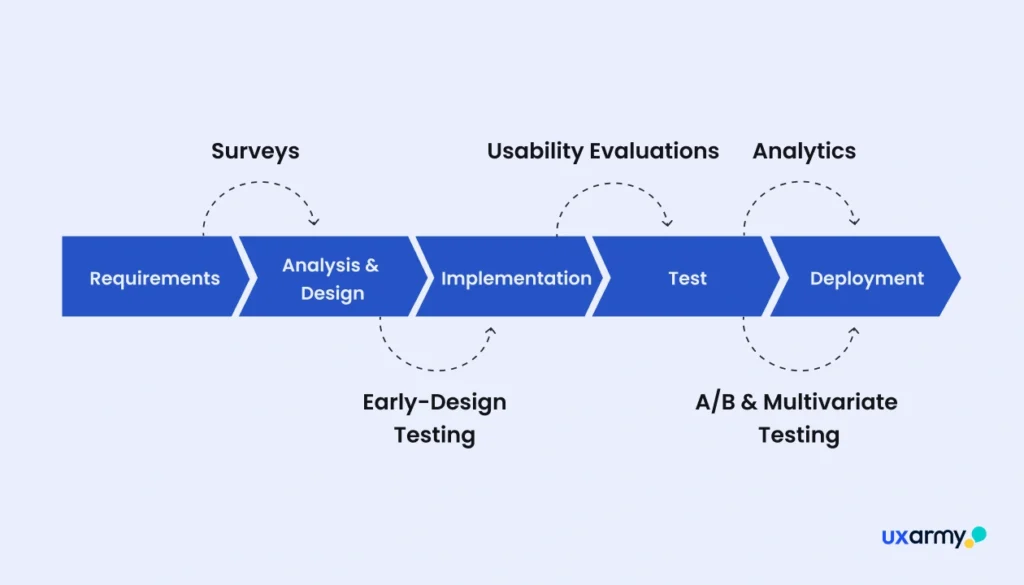
Source from © Interaction Design Foundation, CC BY-SA 4.0
Empathy is built throughout the project: during requirements, analysis, design, implementation, testing, and deployment.
Usability testing is vital for understanding user empathy, but it shouldn’t be our only method.
Let’s explore more ways to integrate empathy into the design process.
Conduct in-depth user research
By focusing on the users, you can effectively listen and inquire to grasp various users’ unique needs and challenges.
Methods: Usability testing, prototype testing, user interviews, surveys
Toolkits: Interview questions,usability test plan,interview guide
Perform empathy mapping.
An empathy map visually shows a user’s attitudes and behaviors. It captures user goals, challenges, and emotions from first-hand data and interviews. In addition, it also helps ensure consistent insights are shared across the organization.
Methods: User interviews, surveys, usability testing
Toolkits: Interview questions, interview guide, empathy mapping guide and template
Audit your websites using accessibility tools.
This step ensures your web pages meet performance, web accessibility standards, best practices, and SEO before launch.
Toolkits: WAVE, Google Lighthouse, color checker, web accessibility tools and resources
AI-powered feedback
Generating insights requires effort, but AI-powered tools can quickly generate insights and provide actionable feedback on your usability test results, including sentiment analysis and key findings.
Embracing Empathy in Collaborative Design Teams
Empathy plays a crucial role in promoting collaborative design teams. When teams prioritize empathy, they build products and services that align with user needs.
Here are some tips to cultivate empathy within the design team:
- Involve teams in user research through interviews and usability tests. Use online tools to observe and record user behavior insights collectively.
- Analyze user research data together to identify opportunities for improvement.
- Build empathy, accessibility and inclusive design into your design guidelines.
- Inspire teams to communicate openly and exchange ideas and opinions.
- Encourage constructive feedback by steering the focus towards solutions.
Fostering empathy through user understanding and open communication enables design teams to create impactful user-centered solutions.
Empathy-driven Design in Action
Empathy-driven design is not a new concept; it has long been a cornerstone of the design industry.
Let’s learn how to use empathy in our design process through real-world examples.
The Curb-Cut Effect and its Interplay with Video Games
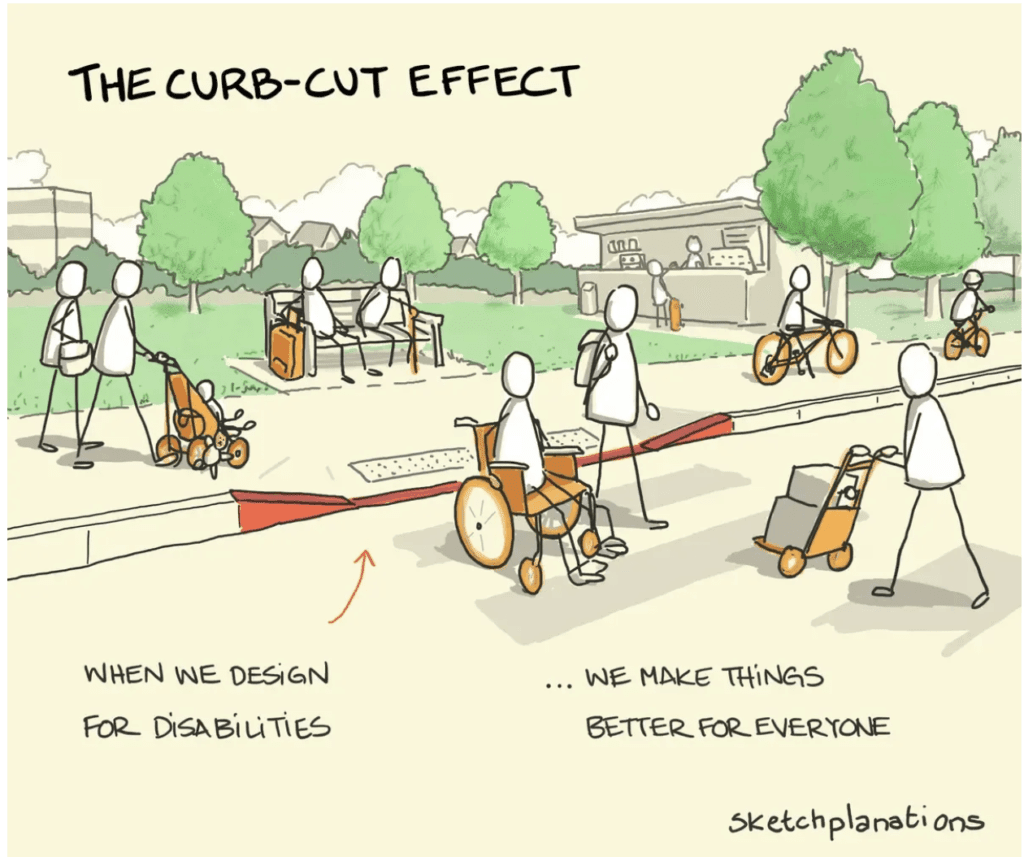
Source from Sketch Explanations.
A study (read research study) demonstrated how the “Curb-Cut Effect” applies to video games. By designing for inclusivity, video games benefit everyone, including players with disabilities.
Accessibility features like customizable controls, captions, and adjustable difficulty settings support gamers’ specific needs and enhance usability for all players.
This principle aligns with inclusive design philosophies, highlighting how addressing accessibility requirements can improve the overall user experience by accommodating diverse needs.
OXO’s Good Grips Line
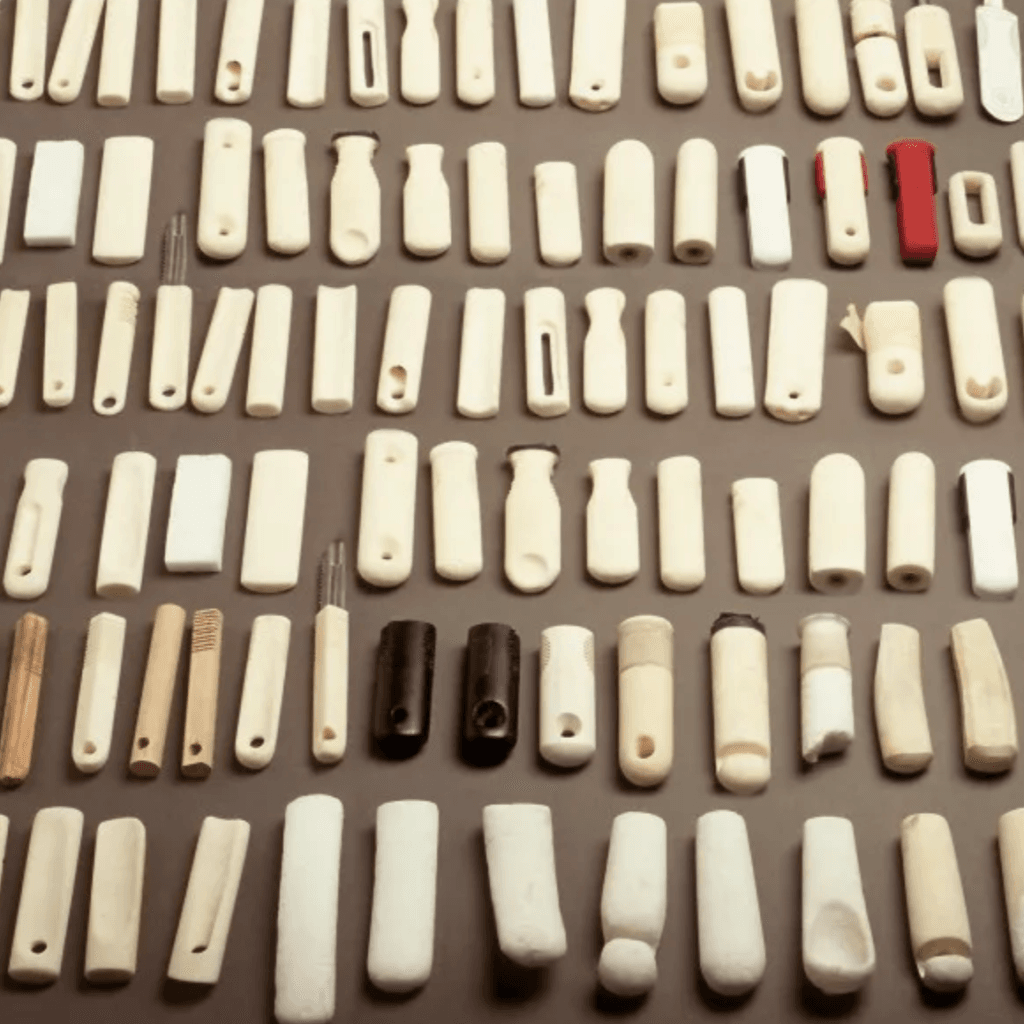
Source from Fastcompany.
OXO, a manufacturer of kitchen utensils, office supplies, and houseware, revolutionized consumer products in 1990 with its Good Grips line.
The Good Grips line was designed to simplify culinary tasks for people with arthritis and broader audiences. It introduced ergonomically shaped handles with a non-slip grip.
Based on extensive observation and interviews, this innovation addressed the need for different handle designs tailored to actions like pulling or pushing, setting a new standard for usability and accessibility.
Creating Human-Centric UX Designs with UXArmy
Empathic design is the secret ingredient for crafting exceptional user experiences and gaining a deep understanding of users. It ensures that products meet users’ needs and exceed their expectations, fostering inclusivity and satisfaction.
UXArmy tool empowers you to embed empathy throughout the design process, from initial research to final testing. It ensures that your solutions are functional and emotionally satisfying, fostering inclusivity and driving user adoption.
Don’t just design, empathize. Try UXArmy for free to create meaningful usability tests and build products that truly resonate with your users.







